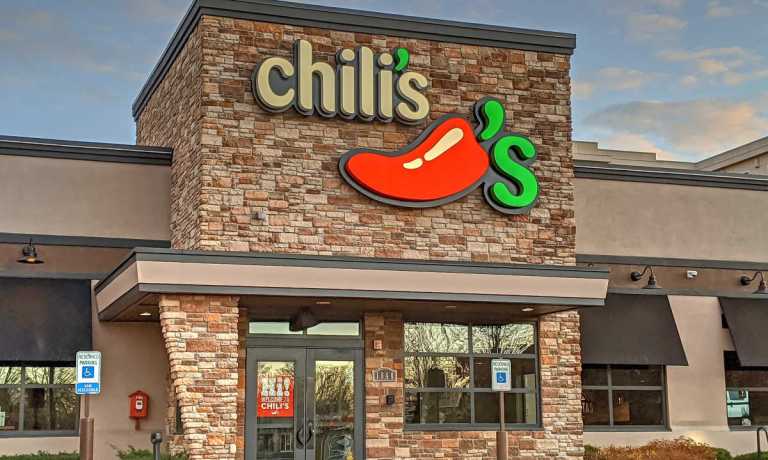Inflation Puts Pressure on Ghost Kitchen Model

After years of explosive growth, ghost kitchens face a reckoning as consumers seek cheaper alternatives.
Throughout the pandemic, the delivery-only virtual brand model proliferated, and through much of 2022, as brands noted the stickiness of consumers’ digital ordering habits, they continued to gain ground. Now, however, as consumers cut back on unnecessary expenses, and as many turn to grocery options to get their at-home needs met, restaurant locations that are entirely dependent on off-premise sales are facing an uphill battle.
Most recently, for instance, casual dining brand Chili’s closed down the pickup and delivery-only concept it was testing in Dallas. The location was intended to fulfill off-premises demand with lower overhead cost, running in a significantly smaller space.
A brand spokesperson told PYMNTS that the company shut it down in an effort to “strengthen the core Chili’s business and focus on innovation within our four walls.”
Additionally, on a recent earnings call with analysts, quick-service restaurant (QSR) giant Wendy’s spoke to the closures of many of its virtual locations in partnership with ghost kitchen company Reef.
When asked about elevated closures in the United States, Wendy’s CEO Todd Penegor noted, “A lot of it has to do with Reef and cleaning that adventure up for us.”
The restaurant’s partnership with the ghost kitchen company remains active. However, the 50 virtual locations the brand has open via this collaboration is well below the count that would have been expected back in 2021, when the restaurant announced plans to launch 700 delivery-only dark kitchens across the United States, Canada and the United Kingdom via the partnership by 2025.
Certainly, consumers are looking to save on food spending, amid rapid grocery and restaurant inflation. Data from the U.S. Bureau of Labor Statistics (BLS) reveals that, in December, food prices were up 10% year over year, well above the all-item inflation rate of 7%.
Consequently, diners are cutting back where they can. Research from PYMNTS’ study “Consumer Inflation Sentiment: Inflation Slowly Ebbs, but Consumer Outlook Remains Gloomy,” which drew from a survey of more than 2,100 consumers, found that 78% have been eating at home more often to save money amid inflation.
Plus, findings from the latest edition of PYMNTS’ Restaurant Digital Divide study, “The 2022 Restaurant Digital Divide: Restaurant Customers React To Rising Costs, Declining Service,” which draws from a December survey of a census-balanced panel of more than 2,300 restaurant customers, notes that the vast majority have made changes to how they spend on food.
Anywhere from 67% to 88% of diners, depending on generation, report having made changes to their restaurant spending in response to inflation. The most popular change cited was purchasing from restaurants less often, followed by opting for restaurants with lower prices.
That being said, while some are scaling back their ghost kitchen efforts in light of these cutbacks, others are ramping them up. In the latest such instance, virtual brand company Nextbite announced Tuesday (Jan. 17) the appointment of a new chief digital officer, Vikram Raghavan, former chief product officer at Overstock and, more recently, chief product officer and chief technology officer at virtual brand company C3 by sbe.
Nextbite may be somewhat protected from the industry-wide shift by relying not on delivery-only locations but on brands that supplement kitchens’ existing operations.
“We’ve really wanted to help these restaurants to maximize their underutilized kitchens, ’cause every restaurant has these opportunities to sell more food if they had that demand to do so,” Nextbite CEO Alex Canter told PYMNTS’ Karen Webster last year.